
Distributing aid within areas of conflict, especially those ruled by unstable authoritarian governments, has proven to be a struggle for organizations like the United Nations. These efforts are often plagued by a myriad of issues, such as the distribution of funds to individuals by relief agencies. The Ethereum blockchain in Jordan is shifting the paradigm.
Blockchain technologies, cryptocurrencies and digital banking, however, have the potential to alleviate many of these complications. On May 31, 2017, the United Nation’s World Food Programme (WFP) completed the first successful large-scale trial of the Ethereum blockchain in Jordan to distribute humanitarian aid to Syria.
In order to fully understand the tangible effects that blockchain technology has on the lives of these individuals, it is first necessary to establish a basic background of what exactly this new platform is and what it can do.
Ethereum essentially lends itself to decentralized data recording, meaning that no single person or entity owns the final ledger. Instead, everyone who participates in the network becomes part of the record keeping process.
Blockchain, the technology behind the infamous cryptocurrency Bitcoin as well as Ethereum, has many other applications past transferring money between parties. Like Bitcoin, Ethereum acts as a distributed public blockchain network. However, while Bitcoin’s main application involves peer-to-peer exchange of payments, Ethereum blockchain focuses on both cryptocurrency, called Ether, as well as deploying decentralized applications. These applications generally contain smart contracts: computer codes that facilitate the exchange of money, content, property or anything else of value.
Ethereum offers an unprecedented capacity to carry out nonspecific applications, meaning that instead of just offering peer-to-peer transfer of digital currencies, Ethereum enables the development of potentially thousands of different applications on a single platform. Additionally, hacking and fraudulent activities are virtually impossible on a decentralized network like Ethereum.
Ethereum has many widespread applications, one of which includes legal identification. With current estimates suggesting that there are 1.1 billion people around the world with no official documentation, many of whom are refugees, aid organizations struggle to provide health, financial and educational services without proper identification.
While smartphones or Internet-capable devices are an obvious access point for the identification platform, the project implemented by the WFP was built under the assumption that its beneficiaries might not have access to such luxuries. Instead, the WFP made it possible for thousands of Syrian refugees to pay with a scan of their eyes using the Ethereum blockchain in Jordan.
In this month-long trial, instead of administering funds directly to the recipients, the WFP issued unspecified amounts of cryptocurrency-based vouchers to thousands of Syrian refugees. The U.N. allocated money to the merchants of participating stores where the coupons could be redeemed, effectively cutting out the banking middlemen in the aid distribution processes. Iris recognition devices verified the identities of the refugees at the supermarket in the Azraq camp in Jordan and deducted what they spent from the total sum the WFP provided.
By the end of May 2017, the Ethereum blockchain in Jordan was successfully used to record and authenticate transfers to about 10,000 individuals. WFP consultant Alexandra Alden helped oversee the implementation of this project and stated, “All funds received by the refugees from WFP were specifically used to purchase food items such as olive oil, pasta, and lentils.”
The Future of Ethereum Blockchain in Jordan and Beyond
In terms of future expansion, the WFP intends to include upwards of 100,000 individuals in Jordan in the program as early as August 2017, with hopes of serving the entire Jordanian refugee population by the end of 2018. If this expansion proves successful, the agency will look to expand beyond Jordan to other countries in need of aid.
Additionally, companies including Accenture and Microsoft have been working to design a more comprehensive digital ID network for the U.N. using blockchain technology.
Instead of just receiving food from local merchants, this identification network will provide undocumented refugees with unique identifiers called “stamps” that authenticate services received at camps or through other agencies, such as vaccinations. This system of record keeping will be tested in the near future.
While blockchain technology has the potential to serve the rest of society in various capacities, Ethereum offers those individuals who have been forced to renounce their identities over and over again the possibility of retaining important parts of who they are.
– Richa Bijlani
Photo: Flickr
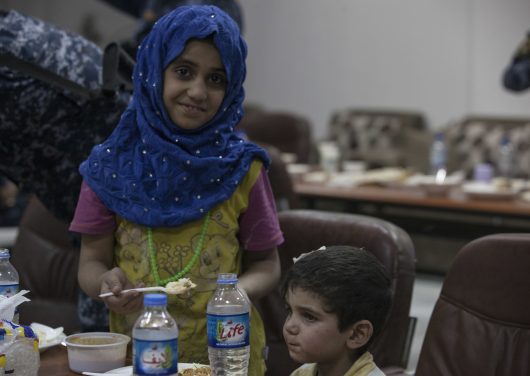

 Last Wednesday, head of U.N. Support Mission in Libya,
Last Wednesday, head of U.N. Support Mission in Libya,  Most modern technology is marketed towards the world’s wealthy, but that should not inhibit its potential to help the world’s poor. As prices fall and production increases, affordable and basic technology may be the solution for eradicating global poverty.
Most modern technology is marketed towards the world’s wealthy, but that should not inhibit its potential to help the world’s poor. As prices fall and production increases, affordable and basic technology may be the solution for eradicating global poverty.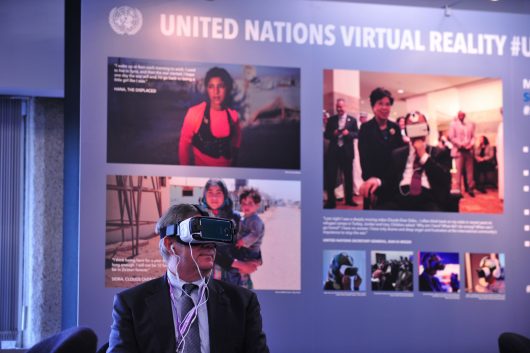 Virtual reality technology is such a recent phenomenon that we have only
Virtual reality technology is such a recent phenomenon that we have only 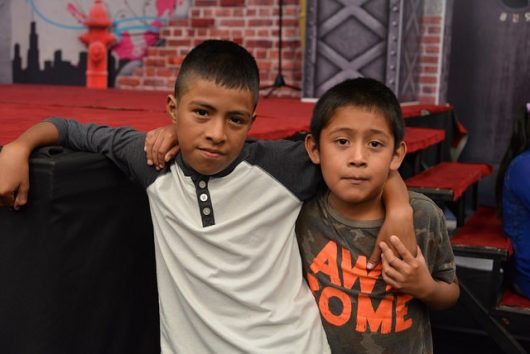 We’ve all heard the old adage that children are the future. While it may sound cliché, this idea is what led the United Nations General Assembly to establish
We’ve all heard the old adage that children are the future. While it may sound cliché, this idea is what led the United Nations General Assembly to establish 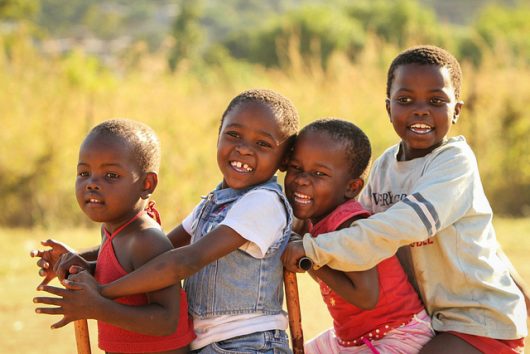 The U.N. first asked “how can the international community best harness the power of media…to educate and transform?” in a 2017 conference. Although this requires a complicated answer,
The U.N. first asked “how can the international community best harness the power of media…to educate and transform?” in a 2017 conference. Although this requires a complicated answer,  The Convention on the Elimination of all forms of Discrimination Against Women (CEDAW) has been one of the world’s most important nongovernmental organizations defending women’s rights since it was adopted by the U.N. General Council in 1979. Since then, it
The Convention on the Elimination of all forms of Discrimination Against Women (CEDAW) has been one of the world’s most important nongovernmental organizations defending women’s rights since it was adopted by the U.N. General Council in 1979. Since then, it 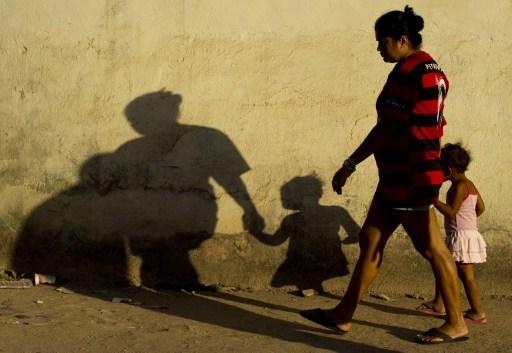 Since mid-2014, the Central American countries of Honduras, Guatemala, El Salvador, Nicaragua, Panama and Costa Rica have been victims of a severe drought. The El Niño conditions that began in March of 2015 have caused staple crops to wither and thousands of cattle to die. These El Niño conditions worsened, and, by the end of June 2016, there were
Since mid-2014, the Central American countries of Honduras, Guatemala, El Salvador, Nicaragua, Panama and Costa Rica have been victims of a severe drought. The El Niño conditions that began in March of 2015 have caused staple crops to wither and thousands of cattle to die. These El Niño conditions worsened, and, by the end of June 2016, there were  As a newly elected member of the United Nations Human Rights Council,
As a newly elected member of the United Nations Human Rights Council, 